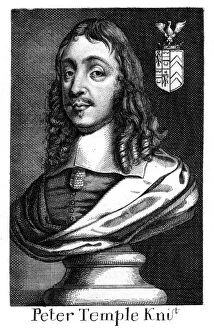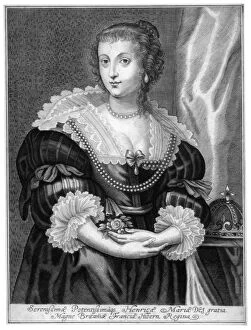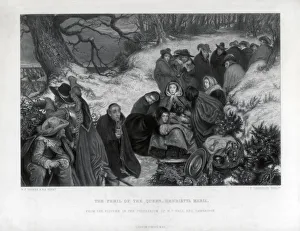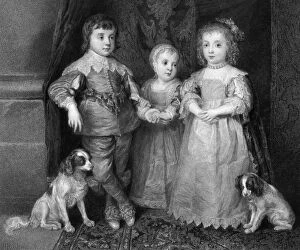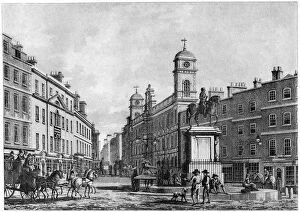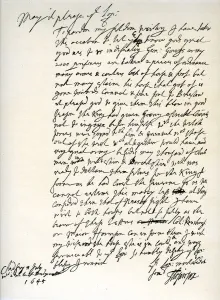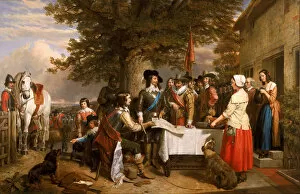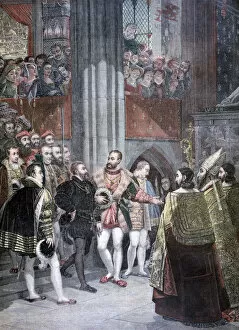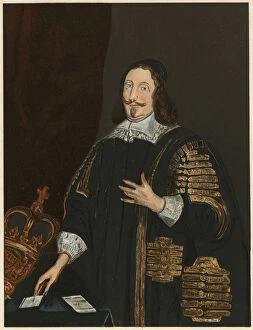Charles Stuart Collection (page 5)
"Charles Stuart: A Captivating Figure in English History" Charles Stuart, also known as Charles I, was a prominent figure during the 17th century
All Professionally Made to Order for Quick Shipping
"Charles Stuart: A Captivating Figure in English History" Charles Stuart, also known as Charles I, was a prominent figure during the 17th century. This captivating portrait captures his regal presence and the turbulent times he lived in. In this painting from around 1850, we see Charles I engaged in conversation with Speaker Lenthall. The intensity of their discussion reflects the political challenges faced by the king during his reign. Another striking image is a portrait of Sir John Nicholas painted by Peter Lely in 1667. Nicholas served as Secretary of State to both Charles I and II, showcasing his loyalty to the Stuart dynasty. Cromwell's influence on Charles I cannot be ignored. In an intriguing depiction from 1830, Cromwell's stern gaze reminds us of their clash for power and ultimately, the execution of King Charles I. The fashion choices during Charles' reign are beautifully depicted in "Clothing during the Reigns of Charles I and II. " This illustration transports us back to a time when elaborate garments were worn by nobles and royalty alike. Sir Anthonis van Dyck's masterful brushstrokes capture multiple facets of King Charles I's life. From a stunning double portrait with Queen Henrietta Maria to an equestrian portrayal alongside M. De St Antoine, these paintings showcase his royal splendor. Dyck also immortalized five eldest children of King Charles I in another masterpiece from 1637. Their innocent faces serve as a poignant reminder that even amidst political turmoil, family remained important to this monarch. A glimpse into society at that time can be seen through George Percy's portrait wearing a shirt made from Holland linen paired with a doublet – reflecting fashionable attire between 1610-1620. "The Apotheosis of James I" showcases grandeur fit for royalty. With putti adorning friezes surrounding an oval depicting James' ascension to heaven, this painting symbolizes the divine right of kings.

